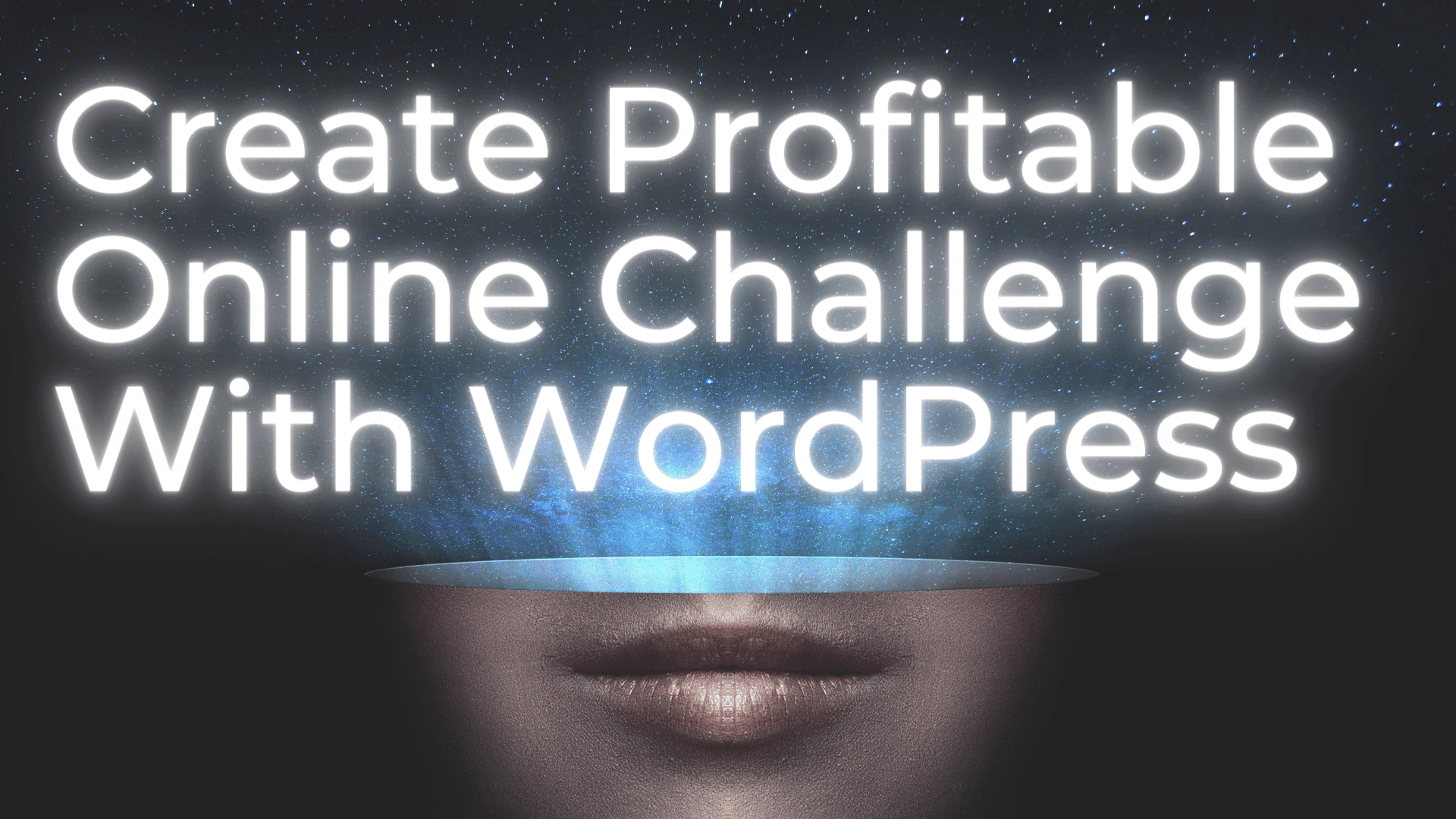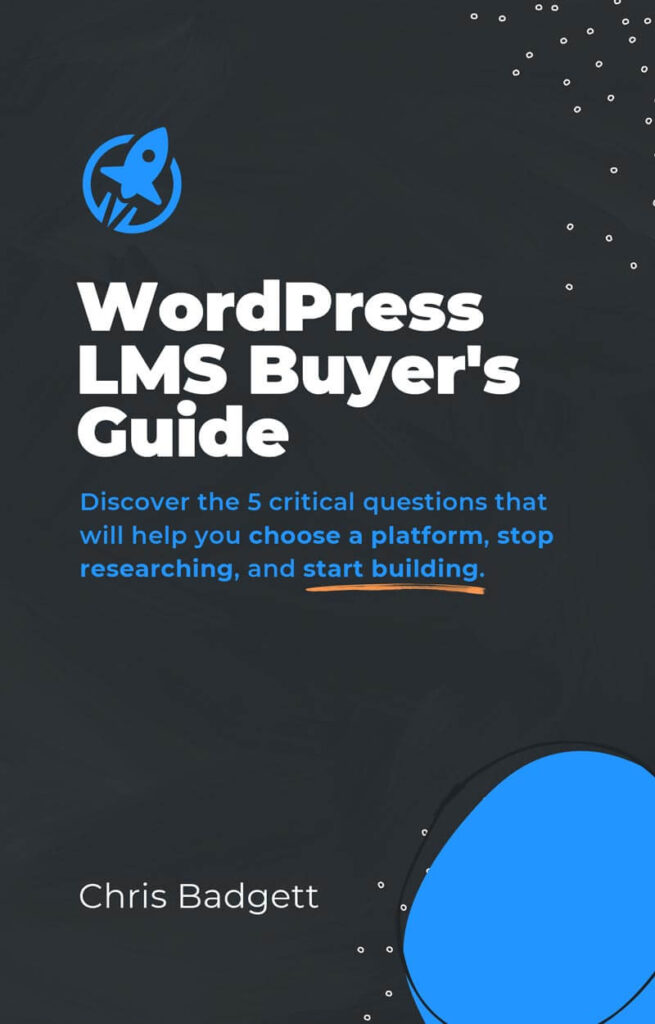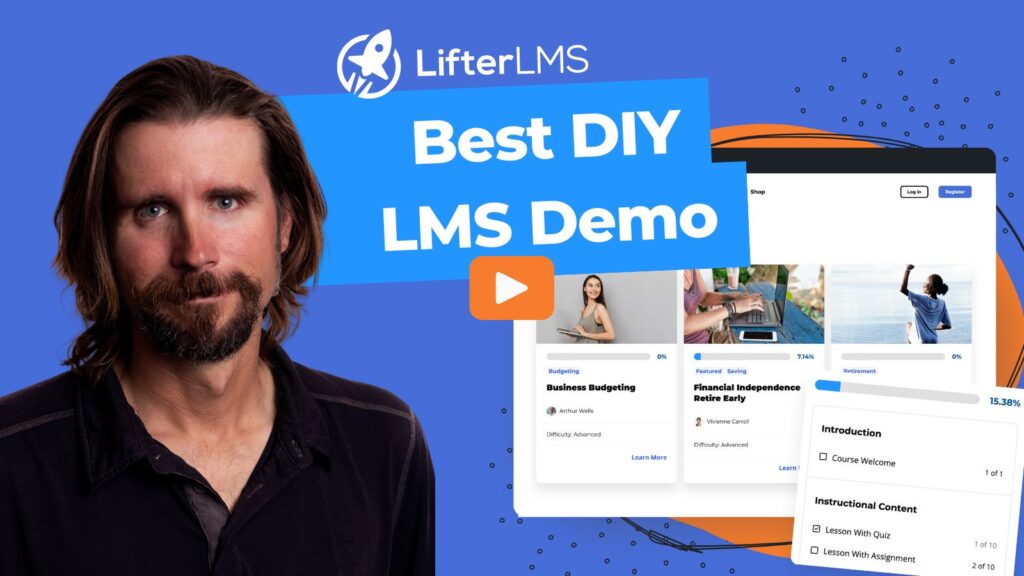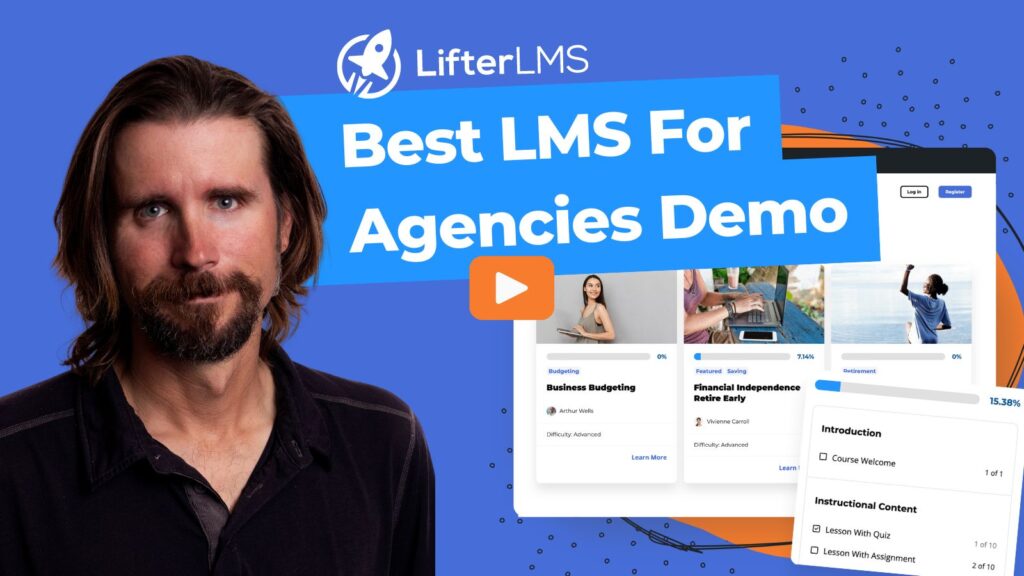Prior to the COVID-19 crisis we are all familiar with, Kurt von Ahnen and his company Mañana No Mas! were getting distracted by the high volume of Online Challenges presented. More specifically, he noticed that the uptick in Facebook Challenges presented both opportunity and obstacle for the hosts of the challenges. He wanted to build a better marketing mouse trap around the challenge model.

As COVID took hold of things and more and more people were reaching out to their online tools to accomplish things, Kurt noticed the challenges were becoming more voluminous as well as populated. This exasperated the concerns he had with using Facebook in this way. As politics began to play more of a role in the life of individuals and what has become known as “Big Tech Censorship” began to effect some challenge hosts, Kurt knew it was time to build.
Identifying areas for improvement
- Facebook pages run in a first in, first out format making it difficult to organize content
- While Facebook is a premium community tool, it is difficult to migrate communities from other platforms (i.e. LinkedIn, TikTok, Instagram, Pinterest, etc.)
- Challenge hosts need to be able to manage their users more effectively
- Challenge hosts struggle with legitimacy as they are part of the Facebook ecosphere
In response to this short list, Kurt was determined to put something together that organized events in the proper flow for training, released events by specific time, was community generic (all social users welcomed), allowed for user management and communication, and allowed the challenge host to own their space. Kurt wanted a platform where the host could basically white-label the experience and even map their own URL to the product. With LifterLMS as the core tool, he looked into WordPress Multisite and how each challenge host could have their own site, within the main site.
LifterLMS to the rescue
By repurposing LifterLMS as a Challenge Hosting tool, Kurt was able to allow challenge hosts to organize their activities in a streamlined manner. Challenge participants are able to locate, and participate directly in the activity they are due for without having to scroll through endless waves of posts in a first in, first out format.
By separating the challenge from the Facebook platform, challenge hosts can now expand their marketing nets to cover the additional social channels. In this way a business that has a presence on multiple social channels can have a more uniformed approach to funneling users to their own Challenge Connection.
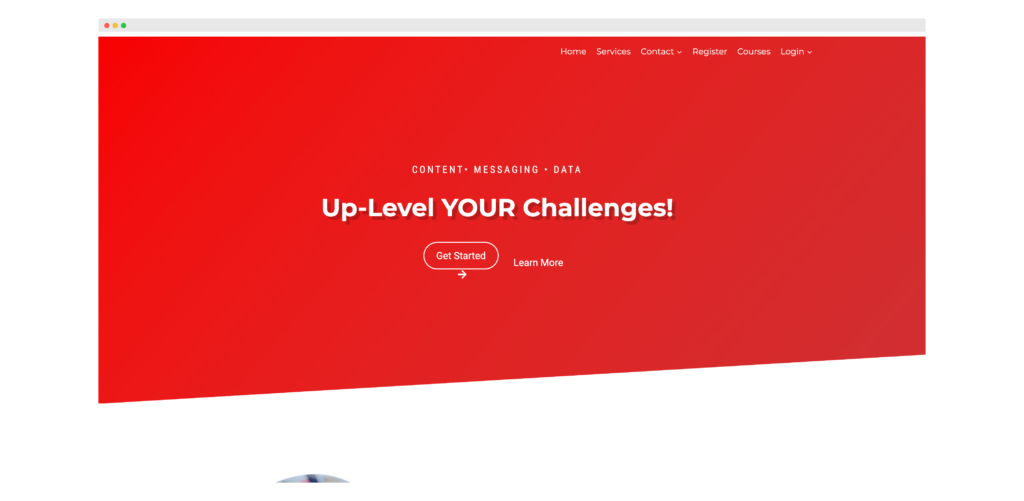
They can use the Facebook and other platforms to share the highlights of their challenges, which takes away clutter from their Facebook pages and lets them profile the best they have to offer.
The profitable online challenge tech stack
The LifterLMS membership tools keep the user data in workable formats. Kurt chose to integrate Groundhogg as his CRM, but LifterLMS is friendly with multiple tools to manage and communicate with users. By just using the standard engagements function in the LifterLMS core, Kurt can onboard new users and get them active in their challenges.
As the title states, this project is a WAAS project. (Website as a Service) When asked about the prospect of employing LifterLMS as a WAAS product, Kurt has some stories to share. There was not a great selection of material available in this use-case, so it took a little trial and error. Originally, Kurt was trying to make the project on a budget friendly host to keep cost manageable… ok – cheap.
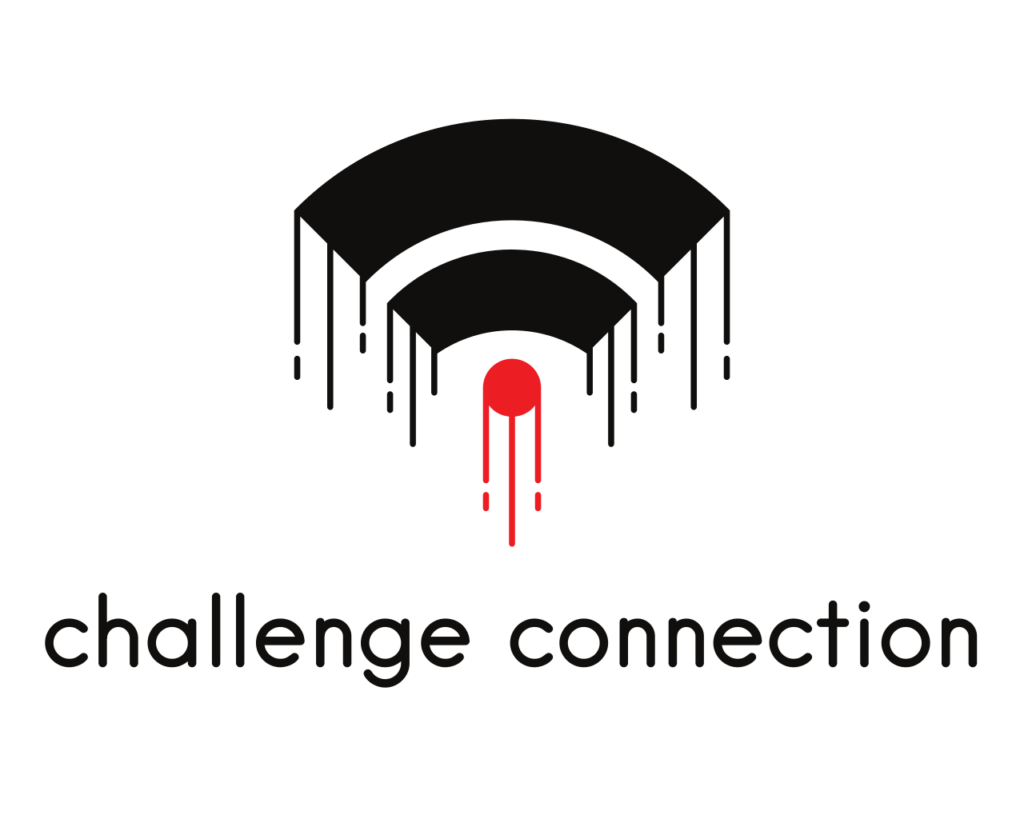
He found that setting up what is called “Multisite” took a little more “vroom” than he expected. Next, we will disclose the basic “stack” and how Kurt saw this coming together.
*Note – LifterLMS does not officially support Multisite, so if you need technical support on anything Multisite related, please reach out to the creators of Multisite and the writer of this article, Kurt von Ahnen.
With a “Proof of Concept” budget in mind, simpler seemed to be the course. Kurt settled on Cloudways for hosting. It took a little getting used to, but soon enough the server space was configured, WordPress was installed, and the URL (https://challengeconnection.com) had been mapped to the account. When you are setting up in Cloudways, you have the option of selecting stand-alone sites or multisite projects. You then have the choice of deciding the format of your multisite project. You decide whether you are building a multisite off their own sub-domain or file. A clear indication of sub-domain use is the presence of the site prefix before the root domain URL. (i.e. subdomain.example.com)
Next, since Mañana No Mas! intended to sell subscriptions to the challenge hosts to host the sites, Kurt knew he needed a multisite management tool. He selected WPUltimo. This tool installs to the main site and sets the ground rules for the subsequent sub-domain sites that will be created. It allows you to isolate plugins and themes that you may want to make available, formats the e-commerce to sell the sub-domains, and allows you to decide how the users within the platform, in its entirety, will be managed. This is a foundational step.
Next came the plugins. The huge benefit to a multisite platform is that you are running multiple sites from a single instance of the plugins. This makes managing updates a snap.
- LifterLMS – Membership and Learning Management
- Groundhogg – CRM – Customer Relationship Manager and Funnel Tool
- Elementor – Page builder
- WPForms – Form builder
- Page Builder Sandwich – Front end page editor so challenge hosts can make quick changes
- Astra – Fast, light theme that allows for comments in the lesson pages
- Kadence Blocks – A design tool that adds things like tabs
By leveraging the Infinity Bundle available through LifterLMS, integration with Groundhogg, WPForms, and Stripe for e-commerce were a cinch. With the option to add in Groups, and Social Learning, the Challenge Connection as a proof of concept was ready for primetime.
So how does this WAAS thing work?
When a challenge host comes to Challenge Connection, they are presented with the main sales site that describes the advantage of hosting the challenge on the multisite platform. When they decide to subscribe, they can choose from any of the templates that Kurt designed and put in place. For this project, his templates are based on the length of the challenges to be hosted. The activities of the challenges are basically the lessons within the LifterLMS plugin. They name their challenge and select next.
When the challenge host enters their payment information, they are immediately given access to their own pre-formatted challenge website. The project was built to serve seasoned web developers as well as people that have no intention to be webmasters. The challenge host can use the back-end menus to make any changes they like, or they can use the front-end editor that is pre-installed to make quick changes to images and content.
In an extended use of LifterLMS to bring success to this platform, Kurt is adding LifterLMS powered courses in the main site to serve as onboarding and instruction in hosting your own successful online challenge.
What are some considerations for you before you launch your own WAAS product?
- What is the purpose of the site?
- Who will your site specifically serve?
- What tools will you need to provide?
- What licensing is required to offer those tools?
- Are you prepared to be support for your customers?
About the author Kurt von Ahnen
If you would like more information on running a successful Online Challenge, visit Kurt’s Challenge Connection.
To learn more about Kurt and his initiatives through Mañana No Mas! you can connect with him here.


